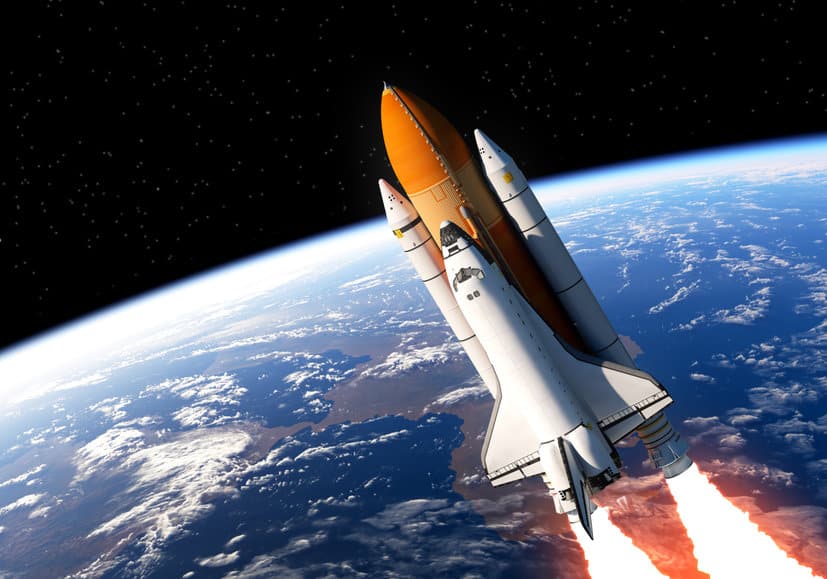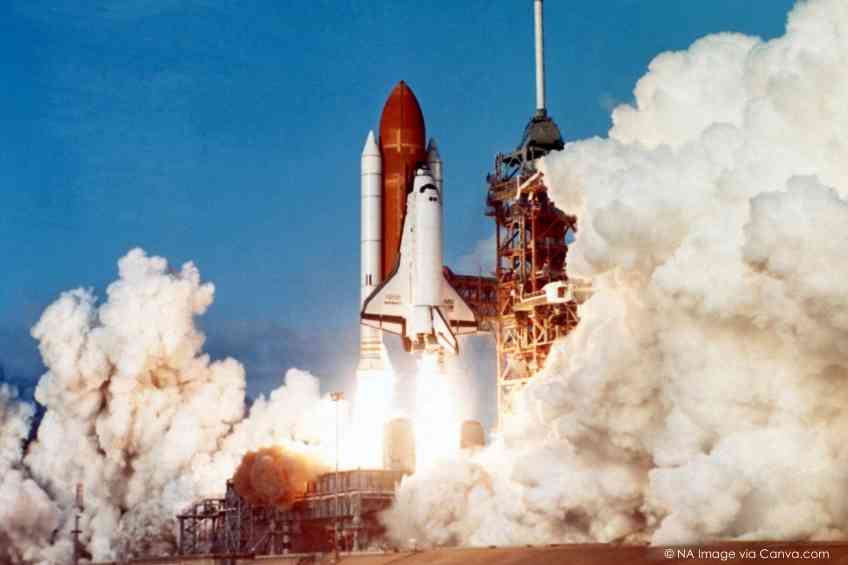By John Salak –
So, Captain James T. Kirk, aka William Shatner, is actually going to make it into space. Finally. His celestial trip comes thanks to Blue Origin, one of two fledgling groups along with Virgin Galactic that are planting the seeds for commercial space travel by popping the wealthy and appropriate celebrities into the heavenly reaches.
Admittedly, Shatner won’t go where no man has gone before. And his October 12 flight will only last about 11 minutes. But he is going and at the age of 90, which is pretty remarkable. Of course, space travel is nothing new for professionals. Russian Yuri Gagarin took the first manned space flight 60 years ago and he was followed by lots of notable astronauts and cosmonauts over the next decades including Americans John Glenn (first person to orbit the Earth) and Neil Armstrong (first man to walk on the moon). Heck, the Russians and Americans even now constitute an ongoing otherworldly tag team at the International Space Station that of late involves making a commercial movie in space.
So, space tourism shouldn’t come as a surprise even if the initial offerings are quick and expensive, definitely for early (and rich) adopters. Chances are these trips are going to get pretty commonplace pretty soon, all of which begs the question: what’s next, the moon or Mars? Maybe. But arranging a safe trip to the red planet, a decidedly more exotic adventure than a coffee break in space, is fraught with roadblocks.
Just getting a manned-flight there and back is a big logistical challenge. But there may be other considerations as well, which includes whether extended health travel is safe for humans.
One of the biggest hurdles now facing extended flights is the exposure to particle radiation from the sun, distant stars and galaxies, according to researchers at UCLA or other organizations.
It may be possible to protect space travelers, but it will take a lot of maneuvering that includes new ship designs, precise launch dates of the trip and simply speeding of the travel time.
Any spaceship to Mars needs enhanced radiation shielding from what is currently available. Even better shields, however, may not be enough to protect spacer travelers, according to the UCLA team. These researchers also note it will be essential to launch missions at the solar maximum, effectively when solar activity is at its peak.
This activity would help naturally shield astronauts from the most dangerous and energetic particulars because they would be deflected by the enhanced solar activity before reaching these travelers.
There would also have to be a limit on travel time. It currently takes about nine months to get to Mars—which means a year and a half in total travel time. The 18-month turnaround could be done in terms of food, fuel, etc., but it is unlikely that anyone is going all that way for a 90-minute looksee at the planet and then turning back.
But how long to stay? A mission should not be longer than four years because of the threat of extended exposure to radiation no matter the timing of the flight and the use of enhanced radiation shields, the researchers warn. Ultimately, two to three years is probably better in terms of radiation exposure, but this doesn’t take into account the social, mental and physical strain of hanging out in a spacecraft for 24, 36 or up to 48 months with the same faces. Theoretically, however, the trip can be made.
“This study shows that while space radiation imposes strict limitations on how heavy the spacecraft can be and the time of launch, and it presents technological difficulties for human missions to Mars, such a mission is viable,” said Yuri Shprits, a UCLA research geophysicist and co-author of the paper.
When it is possible to pull this all off is another question entirely, let alone figuring the cost of a roundtrip ticket, identifying whether there’s a pool onboard and what type of side excursions may be available.









